10 Best Adventures of 1980
By:
December 2, 2015
Thirty-five years ago, the following 10 adventures — selected from my Best Seventies Adventure list — were first serialized or published in book form. I urge you to read them immediately.
The following titles are listed in no particular order.
- Octavia E. Butler’s New Wave science fiction adventure Wild Seed. Anyanwu, a 350-year-old shapeshifter who can absorb bullets and heal with a kiss, is lured from an African jungle to the colonies of America by the ruthless Doro, an immortal entity who changes bodies like clothes — and who wants to use Anyanwu for his breeding experiments. The history of slavery, recapitulated as alien abduction! The prequel to Mind of My Mind (1977), Clay’s Ark (1984), Survivor (1978), and Patternmaster (1976).
- John Sladek’s New Wave science fiction adventure Roderick, or The Education of a Young Machine. A Candide-like satirical romp through late-Seventies America. Roderick, the first fully conscious robot, is reared as a human — and, somehow, passes for one among most of the population. Although he remains optimistic, Roderick is abused, exploited, and oppressed by almost everyone he meets. Fun fact: Sladek would follow up with Roderick at Random (1983). IMHO, the best parts of Neill Blomenkamp’s 2015 movie CHAPPiE are indebted to Roderick.
- Umberto Eco’s postmodern historical/hermeneutic adventure The Name of the Rose. When William of Baskerville, a Franciscan friar possessed of a keen deductive style of reasoning, and his novice, Adso, arrives at a Benedictine monastery in Italy, several monks die under mysterious circumstances. Does the solution to the mystery lie in Aristotle’s lost, possibly suppressed book on Comedy? Is there a pattern to the murders — or is William’s hunt for a pattern a symptom of his own dogmatic hermeneutics? Fun fact: Eco is co-author of The Sign of Three (1984), an excellent collection of essays on Arthur Conan Doyle’s Sherlock Holmes.
- Erica Jong’s satirical historical adventure Fanny: Being the True History of the Adventures of Fanny Hackabout-Jones. A postmodern picaresque; a feminist rewrite of the 1748 novel Memoirs of a Woman of Pleasure, considered the first original English prose pornography; an erudite riff on 18th-century classics such as Moll Flanders, Pamela, and Tom Jones; and, oh yeah, a rehabilitation of witchcraft, too. Seduced by her foster father, a pregnant Fanny flees to London, encountering sexy highwaymen and admirable witches. She sells sexual favors; her baby is kidnapped; she takes to the high seas and becomes a pirate; and more. Whee! Fun fact: By the controversial second-wave feminist author of Fear of Flying (1973).
- John Kennedy Toole’s A Confederacy of Dunces. A sardonic inversion of the meaningful-work-style Robinsonade… in which our hero, the bone-idle Ignatius J. Reilly, is forced into menial labor. The picaresque plot bounces Reilly — a snob and slob, an obese Baudelairean figure who despises the Enlightenment and modern civilization — around blue-collar New Orleans. Though not an adventure in the kiss-kiss-bang-bang sense, it’s often compared to Don Quixote. Fun fact: Unpublished at the time of the author’s suicide in 1969, the novel was awarded a Pulitzer in 1981. PS: See my FITTING SHOES post on Reilly’s suede desert boots.
- Russell Hoban’s New Wave science fiction adventure Riddley Walker. Narrated, by 12-year-old Riddley, in a crude medieval-style English mixed with remnants of 20th century technological catchphrases and political jargon, the story is set centuries after a nuclear war has devastated world civilizations (or so we surmise). Although Riddley is his tribe’s “connexion man,” responsible for giving prophetic interpretations of the state religion’s traveling puppet shows, when he stumbles across efforts to recreate a weapon of the ancient world, he must go on the lam. Fun fact: Hoban first became well-known for his “Frances the Badger” series of children’s books.
- Robert Ludlum’s espionage adventure The Bourne Identity. Pulled from the Mediterranean, his body riddled with bullets, “Jason Bourne” (if that’s his real name) has lost his memory. Discovering the number of a Swiss bank account implanted under his skin, he accesses a safety deposit box in Zurich — only to be attacked by people he doesn’t know. Bourne discovers that he’s fluent in several languages… and a lethally effective fighting man. Is he an assassin? A secret agent pretending to be an assassin? Something else altogether? Fun fact: Ludlum followed this bestseller with The Bourne Supremacy (1986) and The Bourne Ultimatum (1990); the novels have been adapted into films starring Matt Damon.
- William Horwood’s fantasy adventure Duncton Wood. Inspired by the historical conflict between the pagan Britons and the incoming Christian religion, the first Duncton novel tells the story of a romance between anthropomorphized moles — Bracken and Rebecca — as Rebecca’s tyrannical father leads a crusade against the Stone, a traditional Mole religion revolving around Britain’s standing stones and stone circles. Though often compared to Watership Down, Duncton Wood isn’t like that book, at all… except for the lovely nature writing. Fun fact: Horwood followed this book with two sequels, which together form The Duncton Chronicles; he later wrote another Duncton trilogy, too.
- Geoffrey Household’s occult adventure The Sending. When Hollaston, an ex-Indian Army colonel turned abstract painter, inherits a dead friend’s polecat, he discovers that he may possess suppressed shamanistic powers. What’s more, he’s being targeted, via psychic transmissions, by one of his neighbors. Who? Could it be an ancient cult, threatened by his powers? Did they murder his friend, or was it something deeper than murder? Also — why is he impotent? Fun fact: Four decades after Rogue Male, this is a weird and trippy yarn from one of British literature’s all-time great adventure writers.
- Gregory Benford’s New Wave science fiction adventure Timescape. In 1998, Earth is ravaged by algae blooms and large-scale extinction; a group of British and American scientists attempt to alter history by sending tachyon-induced warnings — about the overuse of pesticides — to the astronomical position the Earth occupied in 1962–1963. (Tachyons are hypothesized particles that move faster than the speed of light.) Meanwhen, at the University of California, San Diego, in 1962, a young scientist begins receiving what appear to be messages in Morse code. If the story drags, as an adventure, at times, it’s rewarding as a study of the real-life process of science… the advancement of which isn’t always logical. Fun fact: Gregory Benford is an astrophysicist. Timescape won the 1980 Nebula Award.
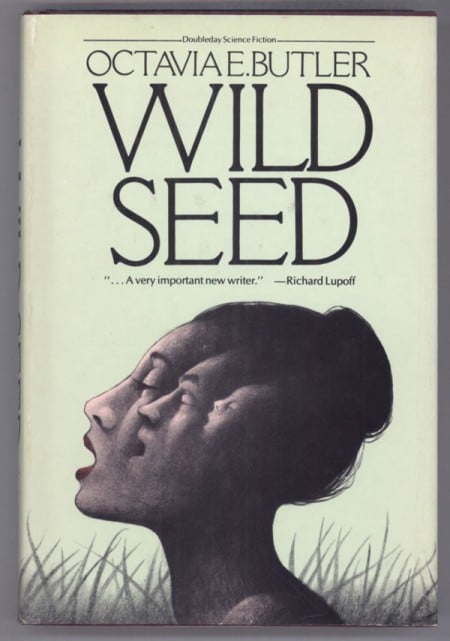
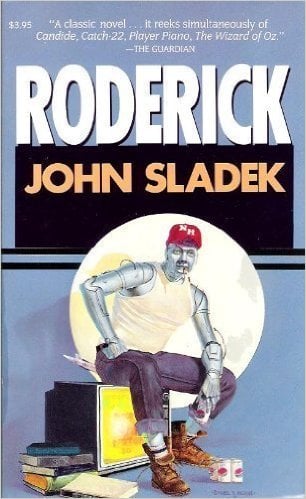
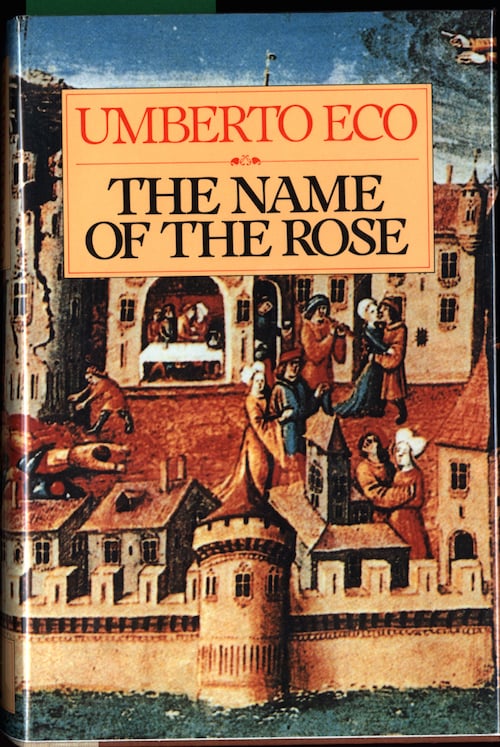
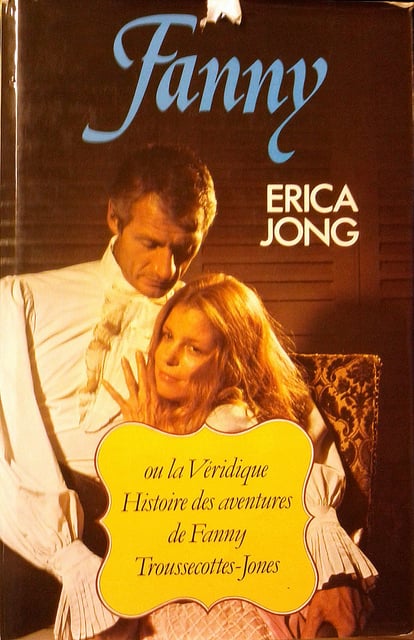
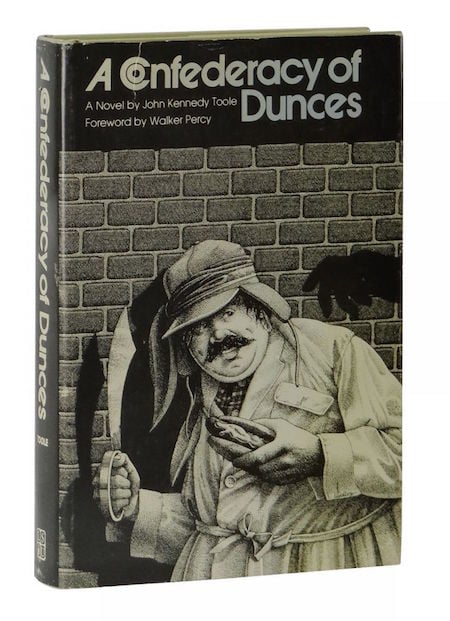
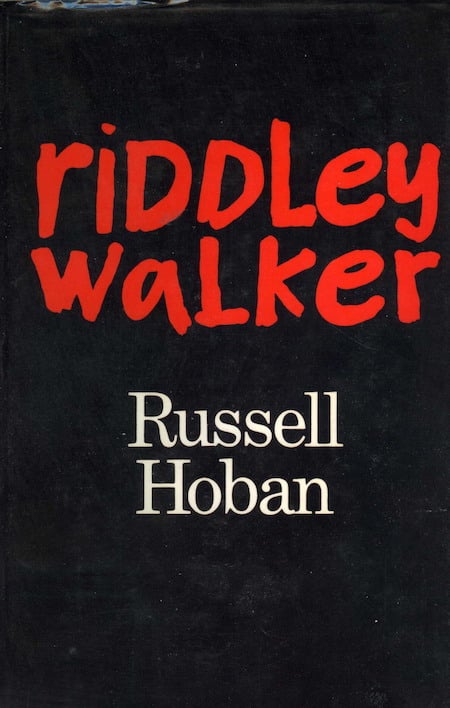
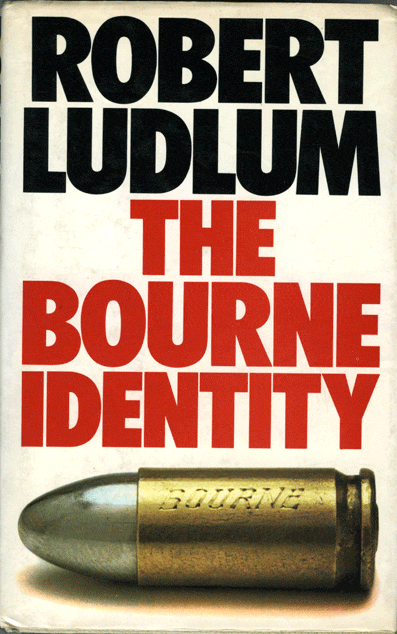
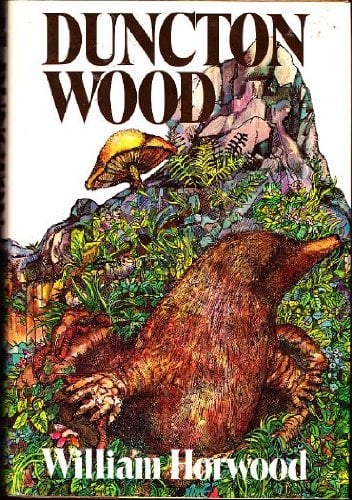

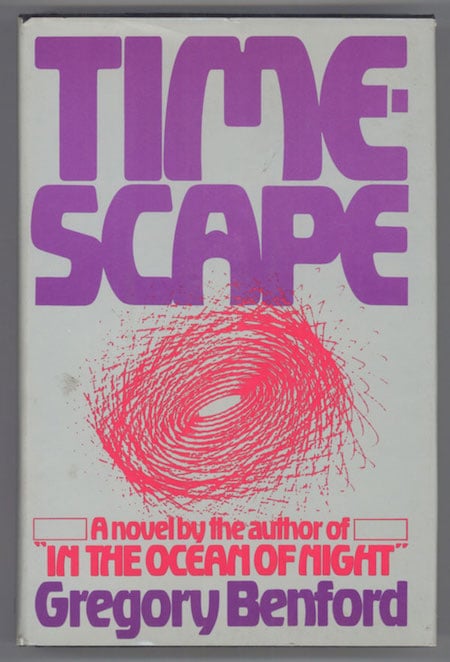
Let me know, readers, if I’ve missed any 1980 adventures that you particularly admire.
JOSH GLENN’S ADVENTURE LISTS: 200 Greatest Adventure Novels (1804–1983) | Best Adventure Novels (1984–2013, notes only) | 100 Best Radium Age Sci-Fi Novels (1904–1933) | 75 Best Golden Age Sci-Fi Novels (1934–1963) | 75 Best New Wave Sci-Fi Novels (1964–1983) | 75 Best Diamond Age Sci-Fi Novels (1984–2003) | 55 Best Scientific Romances (1864–1903) | Best 19th Century Adventure (1805–1903) | 101 Science Fiction Adventures | 70 Crime Adventures | 65 Fantasy Adventures | 61 Espionage Adventures | 40 Atavistic & Historical Adventures | 25 Frontier & Western Adventures | 20 Avenger & Artful Dodger Adventures | 20 Apophenic & Treasure Hunt Adventures | 20 War & Ruritanian Adventures | 18 Picaresque Adventures | 10 Robinsonade & Survival Adventures.
ALSO: BEST SIXTIES YA & YYA (1964–1973) | THE OUGHTS: 1904 | 1905 | 1906 | 1907 | 1908 | 1909 | 1910 | 1911 | 1912 | 1913. THE TEENS: 1914 | 1915 | 1916 | 1917 | 1918 | 1919 | 1920 | 1921 | 1922 | 1923. THE TWENTIES: 1924 | 1925 | 1926 | 1927 | 1928 | 1929 | 1930 | 1931 | 1932 | 1933. THE THIRTIES: 1934 | 1935 | 1936 | 1937 | 1938 | 1939 | 1940 | 1941 | 1942 | 1943. THE FORTIES: 1944 | 1945 | 1946 | 1947 | 1948 | 1949 | 1950 | 1951 | 1952 | 1953. THE FIFTIES: 1954 | 1955 | 1956 | 1957 | 1958 | 1959 | 1960 | 1961 | 1962 | 1963. THE SIXTIES: 1964 | 1965 | 1966 | 1967 | 1968 | 1969 | 1970 | 1971 | 1972 | 1973. THE SEVENTIES: 1974 | 1975 | 1976 | 1977 | 1978 | 1979 | 1980 | 1981 | 1982 | 1983. THE EIGHTIES: 1984 | 1985 | 1986 | 1987 | 1988 | 1989 | 1990 | 1991 | 1992 | 1993. THE NINETIES: 1994 | 1995 | 1996 | 1997 | 1998 | 1999 | 2000 | 2001 | 2002 | 2003. I’ve only recently started taking notes towards a list of the Best Adventures of the EIGHTIES, NINETIES, and TWENTY-OUGHTS. | Best Scottish Fabulists | Radium-Age Telepath Lit | Radium Age Superman Lit | Radium Age Robot Lit | Radium Age Apocalypse Lit | Radium Age Eco-Catastrophe Lit | Radium Age Cover Art (1) | SF’s Best Year Ever: 1912 | Cold War “X” Fic | Best YA Sci-Fi | Hooker Lit | No-Fault Eco-Catastrophe Lit | Scrabble Lit |
